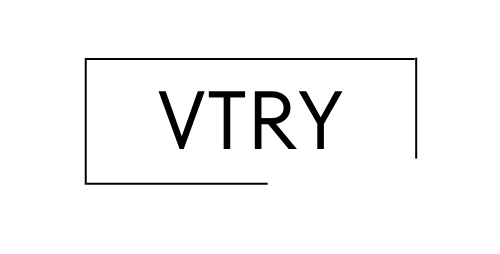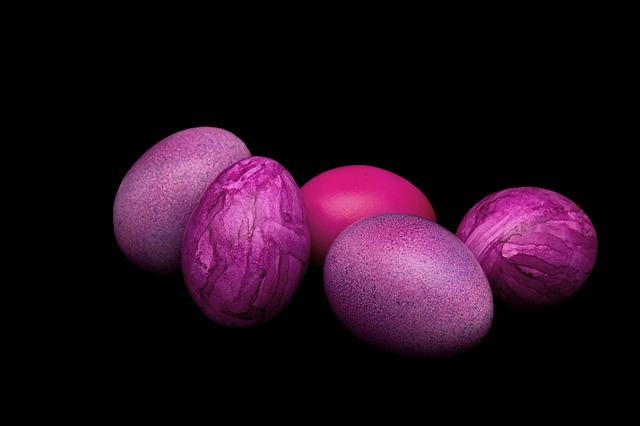Faberge eggs are some of the most important pieces of jewelry worldwide despite them being more than a hundred years old. The series of 50 Faberge eggs are popular due to how they look. How expensive they are, and how difficult it is to get them. Peter Carl Faberge created these eggs since Tzar Alexander III wanted them as a gift for his wife. However, his wife, Maria Feodorovna, liked them a lot. So the Faberge family made some for the imperial family each year. Here, you can find information about the Rothschild Faberge egg. This egg is different from the other 50 ones. You are welcome to read on to know more about one of the most valuable and desired eggs in the Faberge series.
Origin of the Rothschild Faberge Egg
The first thing that makes the Rothschild Faberge egg different from others. Is that it’s one of the few eggs the Faberge family didn’t make for the imperial family. These eggs didn’t take long to become popular worldwide. So anyone who could afford to get one wanted an original Faberge egg for themselves.
These pieces of jewelry were already famous in 1902. French socialite Beatrice Ephrussi de Rothschild asked the the House of Faberge to make one for her as a gift to her sister-in-law. Some of the materials used for this Faberge egg are diamonds, vitreous enamel, gold, and other semi-precious stones such as emeralds and pearls.
This egg’s pink color makes it stand out from others in the series. However, that difference relies on the diamond-made cockerel that shows at the top of the egg at certain times. The cockerel flaps its wings and nods its head for 15 seconds. Only four Faberge eggs have a surprise mechanism connected to a clock.
It’s always a surprise for people who see an authentic Faberge egg for the first time to see how big they are. The Rothschild Faberge Egg is 10.62×4.52 inches and weighs three pounds. Like the other Faberge Eggs, the Rothschild one is oval-shaped, too.
Who Created the Rothschild Egg?
Michael Perchin crafted this egg under the supervision of Peter Carl Faberge himself, which ensured its quality. As we mentioned before, they made this egg in 1902. It was for Beatrice Ephrussi de Rothschild’s sister-in-law Germain Halphen.
Impact on the Faberge Field
All Faberge eggs are unique and different from each other, but you can see how some features prevail in the eggs of the series. And how some of them influence the others.
The Rothschild Faberge egg is one of the Faberge eggs that had more impact on the others due to its history and design. Since it’s one of the few eggs the House of Faberge didn’t make for the Imperial family. It encouraged socialites from other countries to buy Faberge eggs and study them.
Apart from that, its flashy design and customized cockerel mechanism showed that the House of Faberge wanted to innovate and offer different products for the people interested in Faberge eggs. Therefore, you can see some other eggs in the series that also have a clock mechanism with a surprise.
Nowadays, it’s difficult to find Faberge eggs, and not many of them are available for people to see. The Rothschild egg is an exception to that since. Even though it’s one of the most expensive eggs in the series. It’s also available for people to see in the Hermitage Museum’s General Staff Building in Saint Petersburg, Russia.
This egg model is the most expensive Russian item ever sold at auction. You could see it as part of the history of Russia and jewelry worldwide.

Where Can You Find the Rothschild Faberge Egg Today?
As we mentioned before, getting a real Faberge egg is not easy, and that’s mainly due to how expensive these eggs are. Nonetheless, even if they were less expensive, finding them is not that simple, either.
This Faberge egg is currently in the Russian Hermitage Museum for people to see, and it has been there since 2014. Buying it, could be more difficult due to its price.
When the Christie’s Auction House sold this egg in 2007. It did it for £8.9 million, and you can’t expect its price to get any lower. Besides that, it doesn’t seem like the Hermitage Museum is looking forward to selling it.
Before getting to the Hermitage Museum, the Russian National Museum director, Alexander Ivanov, bought it. During the time Ivanov had the egg, he also displayed it at his Faberge Museum in Germany.
Although getting a real Faberge egg seems like something impossible for most people, you can always go for a replica. Faberge egg replicas are popular worldwide because of how much they reassemble the original ones. Getting a replica means buying a unique piece of decoration for your house or workplace. You can visit our store whenever you want to buy an egg replicas, so don’t hesitate contacting us!
My name is Sasha, I’m a father of two. Work in the tech industry. For fun I am running a small business in addition to that, sometimes I write and edit content regarding topics that interest me like: entertainment, tech, finance and art.


Leave a Reply
You must be logged in to post a comment.